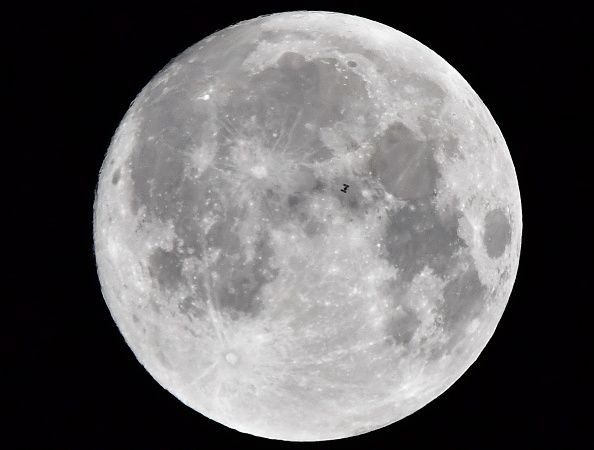NASA Confirms Water On Moon May Help Human Colonization

A team of scientists from NASA and John Hopkins University reported that water is released from the Moon when a meteor shower strikes.
This could be a potential resource for future exploration and would help improve our understanding of the Moon's history and evolution.
“We traced most of these events to known meteoroid streams, but the really surprising part is that we also found evidence of four meteoroid streams that were previously undiscovered,” Dr. Mehdi Benna, planetary scientist and lead author of the study, said. Dr. Benna works at the NASA’s Goddard Space Flight Center in Greenbelt, Maryland, and the University of Maryland Baltimore County.
JUST IN: Scientists have discovered water is being released on the Moon during meteor showers! 💧🌑 This discovery provides a potential resource for future exploration, improves our understanding of the Moon's geologic past & continued evolution. Details: https://t.co/2zmOazTHL0 pic.twitter.com/oONOrqHOBx
— NASA (@NASA) April 15, 2019
A lot of these events were recorded by NASA’s Lunar Atmosphere and Dust Environment Explorer, LADEE, a spacecraft that gathers detailed information about the structures and compositions of the super thin atmosphere of the Moon.
Samples from the Moon gathered from the Apollo mission suggested that there was no water on moon. But the continuous data gathered by LADEE and other space probes detected water, hydroxyl (OH) and a more active form of H2O. This indicates that there is an active water cycle on the Moon.
“Here we report observations of this water cycle, specifically detections of near-surface water released into the lunar exosphere by the Neutral Mass Spectrometer on the Lunar Atmosphere and Dust Environment Explorer,” the research team wrote on the paper. “The timing of 29 water releases is associated with the Moon encountering known meteoroid streams.”
Richard Elphic, LADEE project scientist at NASA, emphasized that the moon does not have significant amounts of H2O or OH in the atmosphere most of the time. But when the moon experiences meteor showers, enough H2O is released for the LADEE to detect it. Then, when the meteor shower is over, the amount of H2O and OH goes back to being undetectable again.
The findings were published in the journal Nature on Monday, April 15.
Moon Water and Apollo Soil Sample
The result of the study on the Moon’s water is congruent to the analysis of soil samples gathered during the Apollo mission. The confirmation of the water release during meteoric impact is indicative that the moon surface has dried soil layer of several centimeters on top of uniformly hydrated soil.
“We infer that the Moon is currently in the process of losing water that was either delivered long ago or present at its formation,” the researchers said.
It also explains the ice deposits located in the cold and dark region of craters near the poles. Most of the water on the Moon is known to be located where temperatures are so low that water vapor and other volatiles that encounter the surface tend to be stable for perhaps several billion years. The striking of meteoroids transports this water both into and out of cold region.
© Copyright IBTimes 2024. All rights reserved.





















